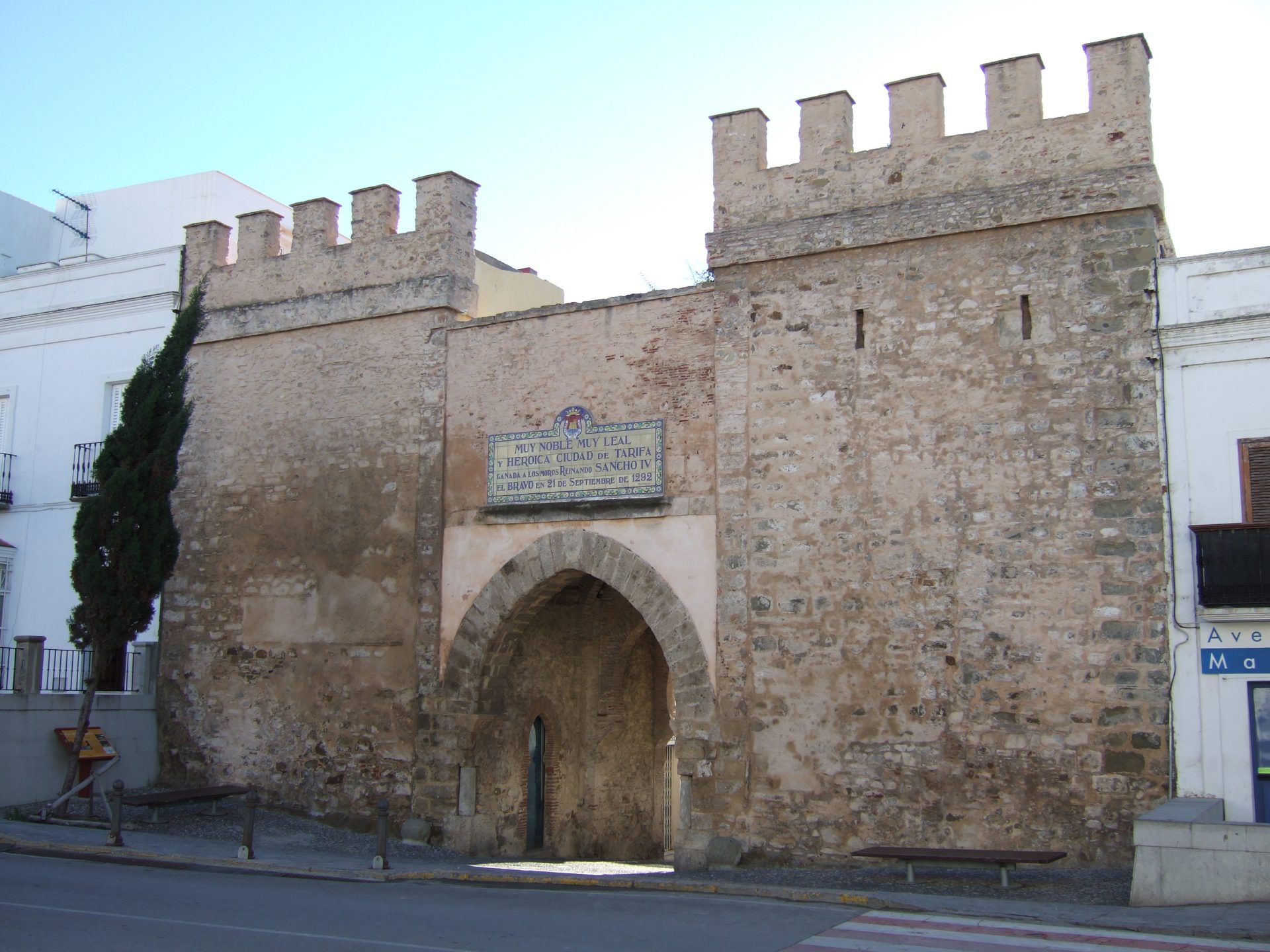What to visit in Tarifa
Tarifa is a magical place, a spectacular geographical enclave, at the crossroads between continents and seas, with a beautiful, well-preserved natural coastal and terrestrial landscape and a climate that gives it fame and character.
Due to its location, at the southernmost tip of the European continent, Tarifa has had as much relationship with that continent as with Africa over the centuries, to the point that some authors suggest that man reached our continent through the Strait of Gibraltar. Paleolithic deposits and paintings show the early settlement by bands of hunter-gatherers. Vestiges of the most recent prehistory remain, such as the Algarbes necropolis, located at the western end of the Valdevaqueros cove.
The Phoenicians, who from the other end of the Mediterranean were colonizing various coastal areas, on their navigation route to Gadir (Cádiz) had to cross the Strait, the mythical columns of Hercules, a god that the Phoenicians identify with Melkart. It is in this period when the fishing resources begin to be intensively exploited. Vestiges of several settlements have been found where the Phoenicians (and Punics or Carthaginians, who are the same people) lived with the indigenous Iberians, who in this area were known as Turdetanos. They appear again in Los Algarbes, the subsoil of the castle of Guzmán el Bueno and on the island of Tarifa, where the large tombs excavated in the rock stand out, and which could have housed a temple.
We also preserve a legacy from Rome, Baelo Claudia (by Emperor Claudio, who granted it the rank of Roman municipality), the best-known historical enclave in the region and one of the most visited in Andalusia.
Our land will be an early witness to the arrival of Islam in the Iberian Peninsula, since written sources narrate an expedition led by Tarif ben Malek in 710,a year before the definitive invasion, and which would have given the city its name, although other authors relate this place name to the Arabic word tarf, or cape. Butthe most reliable proof of Islamic rule comes from the moment of maximum power of Islam in al-Andalus, the Umayyad Caliphate, with the construction of the castle by Abd al-Rahman III in the year 349 of the Hegira (960 of our Era).












